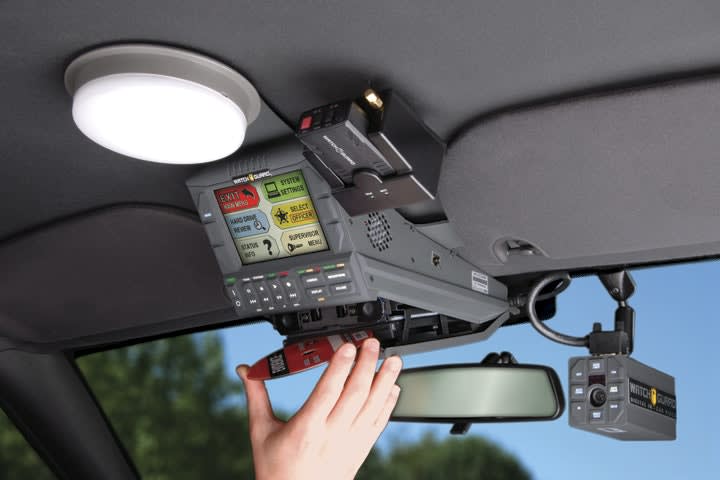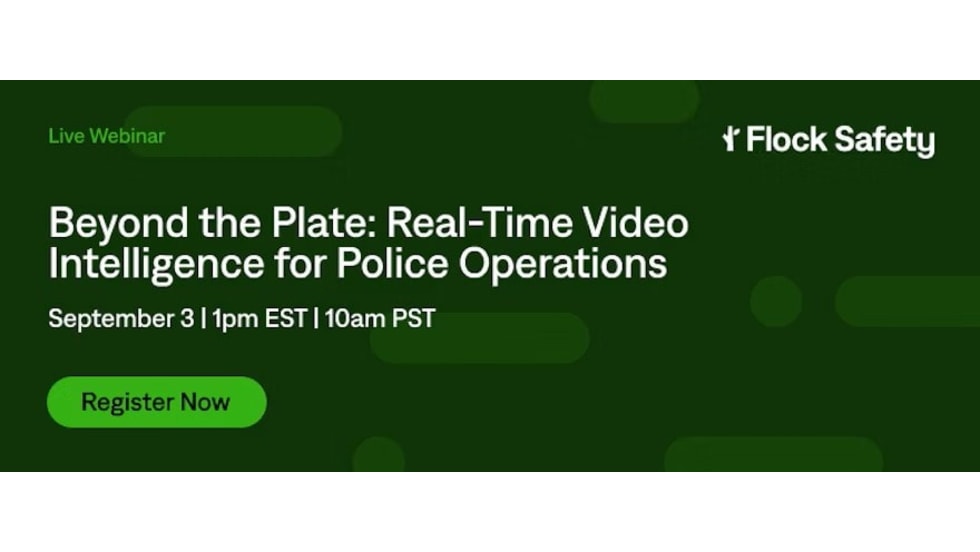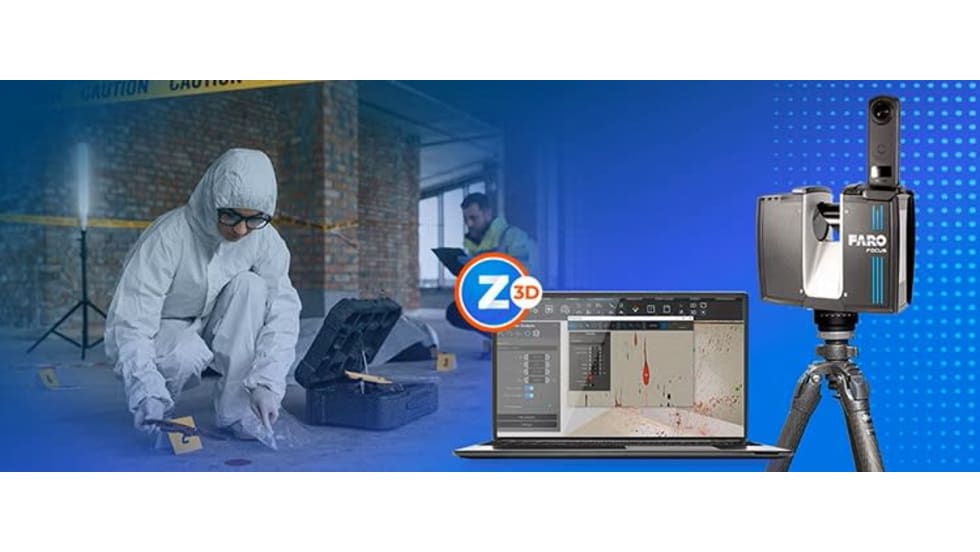That's why WatchGuard has developed what it calls a "hybrid in-car video solution." The hybrid in this case is a combination of WatchGuard's DV-1 in-car digital video system, which writes real-time onto DVDs, and its new Evidence Library software suite, which features a program called "Critical Event Server."
Released back in 2005, the WatchGuard DV-1 in-car video system is designed to take the hassle out of recording digital video. The system burns each event onto a rewritable DVD in the same DVD video format used for standard entertainment DVDs. Each disc can hold up to eight hours of action and, of course, that's plenty for the most active shift because the recorder is only activated when something is happening.
"We are a true standalone in-car video system," Stuczynski says. "Officers who work in cars equipped with the DV-1 spend zero time assisting the video camera system. At the end of the shift, they just take the DVD out of the DV-1, and they don't have to mess with it."
The second part of WatchGuard's hybrid system is the video storage. The idea behind the Critical Event Server is to take the best of the server-based video system and combine it with the capabilities of the DV-1.
Here's how it works. The officer comes in from the shift and turns in the DVD to admin or drops it into a dedicated computer himself. During that officer's shift each incident has been electronically labeled as to what occurred: "routine traffic stop," "DUI Arrest," or "Use-of-Force," etc., plus a metadata file is created that contains names, triggers, GPS data, and more for every event. The WatchGuard Critical Event Server reads these labels and automatically determines which video files are critical and saves only those files on the server. Video events that are not types that would automatically be considered critical can be manually added to the server during disc check-in or even months later. Plus, it adds the metadata files from every event, including the routine stops, to the Evidence Library database for searching and reporting of both critical and routine video events.













